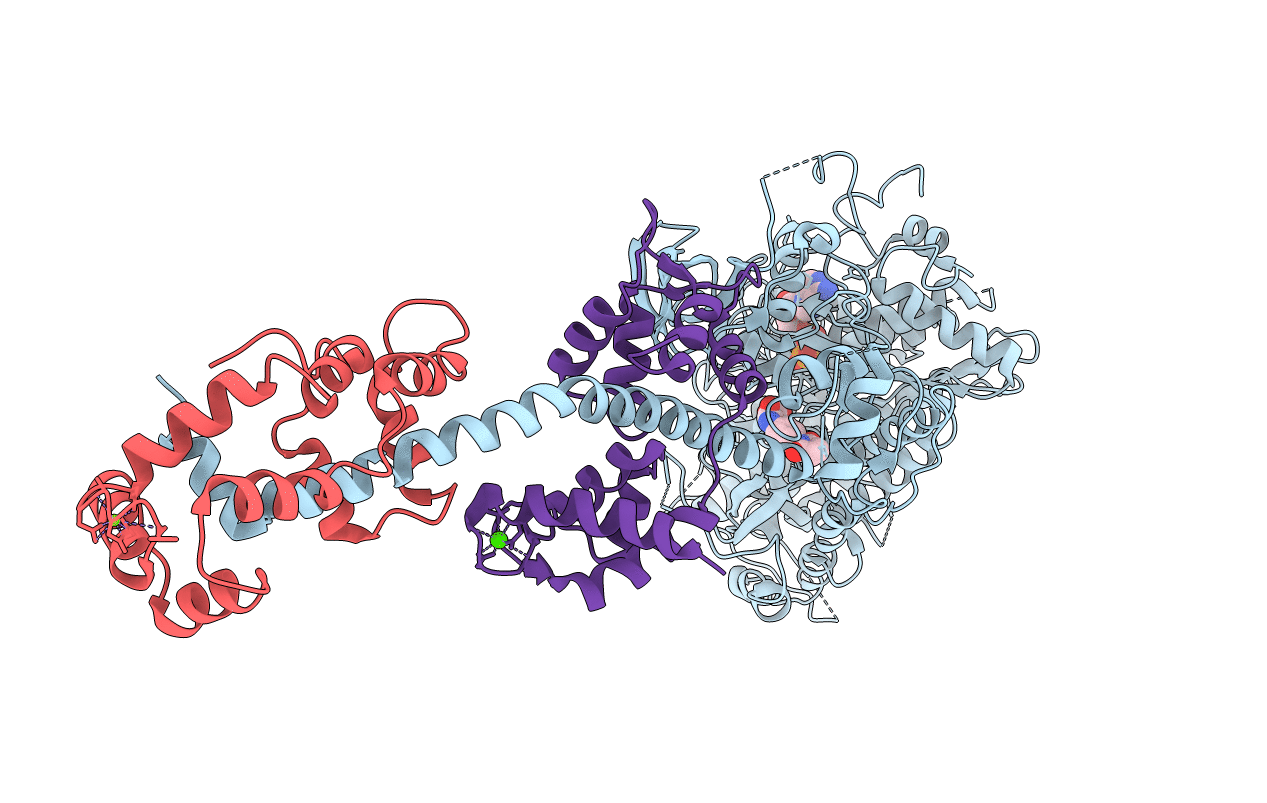
Deposition Date
2002-02-22
Release Date
2002-10-30
Last Version Date
2024-12-25
Entry Detail
PDB ID:
1L2O
Keywords:
Title:
SCALLOP MYOSIN S1-ADP-p-PDM IN THE ACTIN-DETACHED CONFORMATION
Biological Source:
Source Organism:
Argopecten irradians (Taxon ID: 31199)
Method Details:
Experimental Method:
Resolution:
2.80 Å
R-Value Free:
0.32
R-Value Work:
0.28
R-Value Observed:
0.28
Space Group:
P 1


